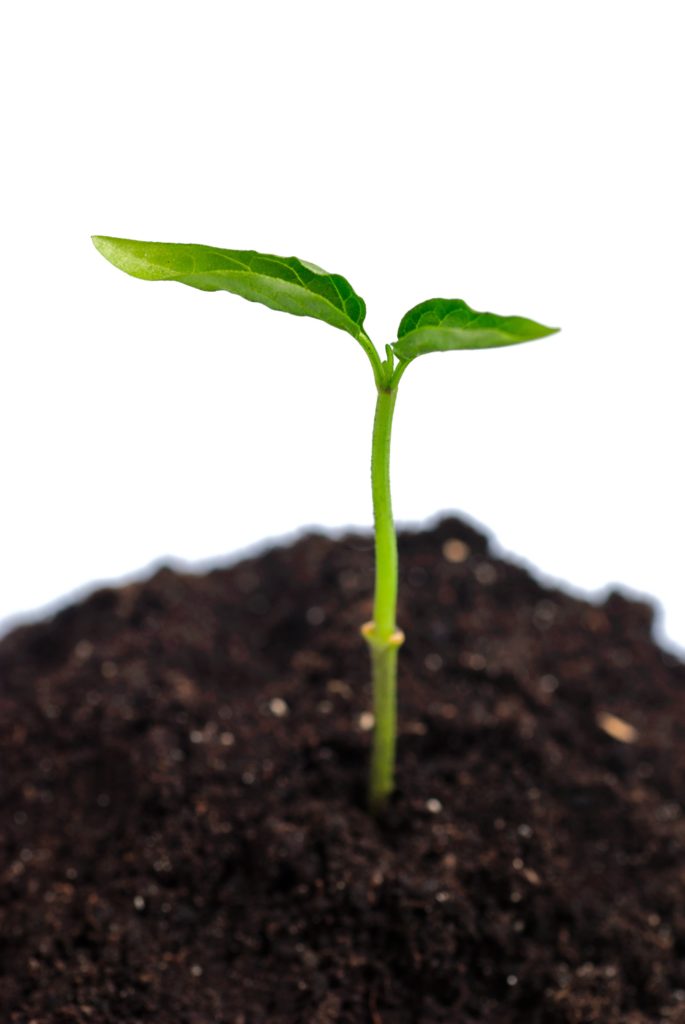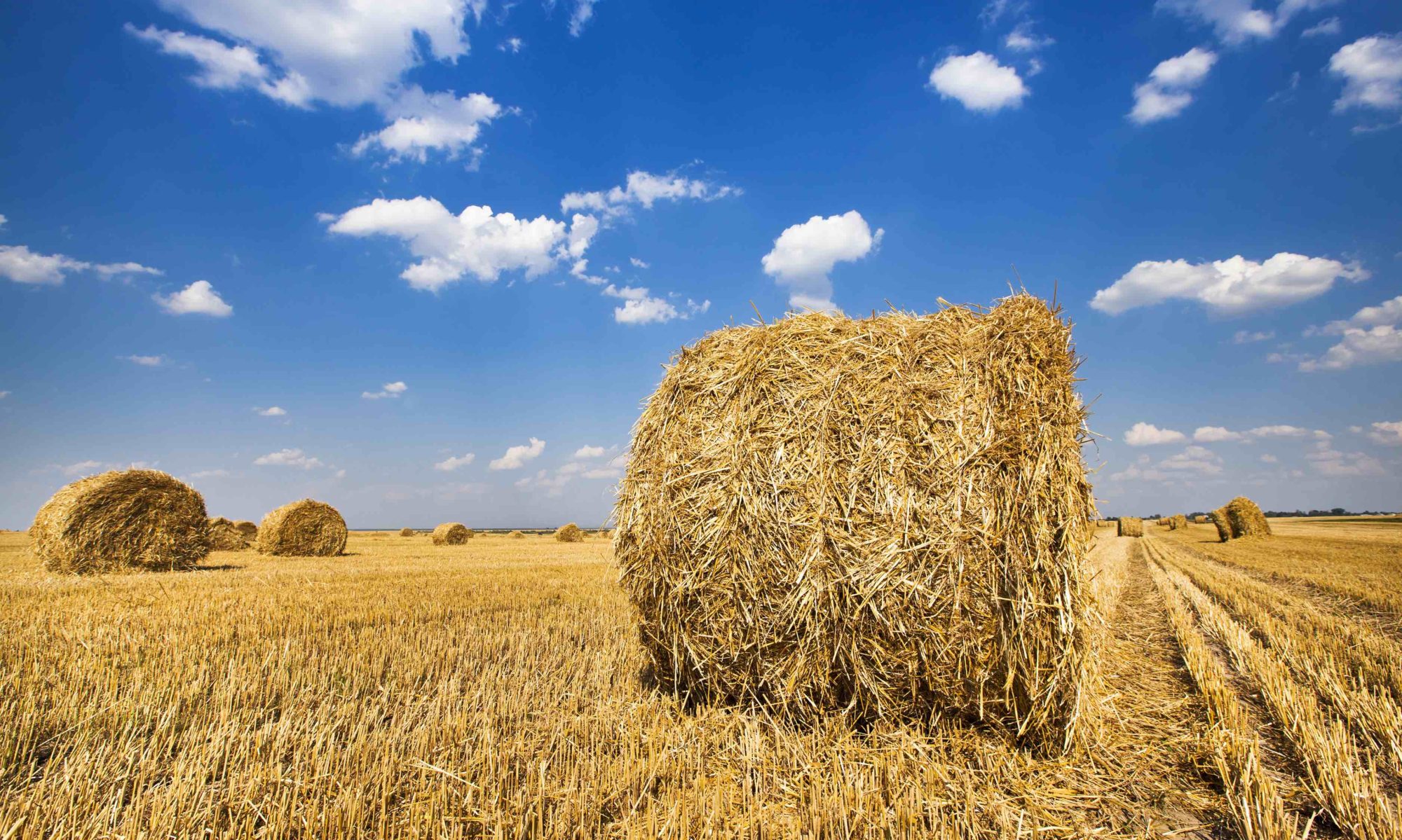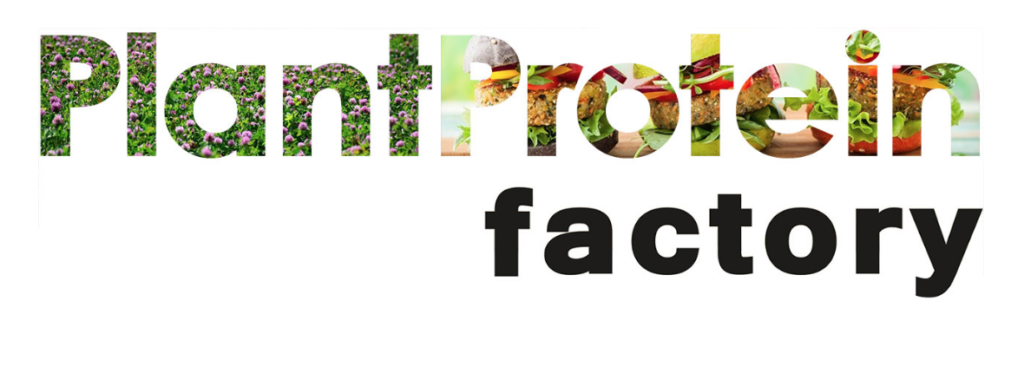
On 25 June 2019, a bioeconomy workshop organized by BioCon Valley in cooperation with the University of Applied Sciences Neubrandenburg took place in Neubrandenburg, Western Pomerania. About 30 participants from industry, research, and administration discussed the local and regional challenges and potentials of bioeconomy.
In the morning, lecturers from the University of Applied Sciences Neubrandenburg provided an overview on different fields of bioeconomy, including the history of bioeconomics, the potential of biofuels, (and especially) biogas plants in Mecklenburg-Western Pomerania, and biotechnological application options of algae. The last topic was broadened by a lecture on the market potential of marine biotechnology products, in particular, special sugars from macro algae. A representative of industry presented the PLANTBAC® panel system for soil irrigation and remediation.
Moreover, two projects were introduced and presented. The Plant3project, recently approved under the BMBF’s “WIR!” funding line, will develop and establish concepts for refining plant-based raw materials in Mecklenburg-Western Pomerania. The EU Interreg project BioBIGG will strengthen bioeconomic processes and products through cross-border knowledge transfer and networking.
To reveal potentials and deficits of the bioeconomy in Mecklenburg-Western Pomerania, as well as to develop possible solutions, three important challenges and possible solutions were tackled in an interactive exercise during the afternoon of the conference. They were:
- Which new ideas and impulses can you give for current and future contents of the bioeconomy in Mecklenburg-Western Pomerania?
- Promoting the diversification of agriculture, developing new sources of raw materials, and using them sustainably
- Realising value chains locally, and extending them to include high-quality products
- Clarifying award procedures and defining sustainability criteria
- What are the most important “To-Dos” for the bioeconomy in Mecklenburg-Western Pomerania?
- Reduction of administrative barriers
- Creation of a “Competence and Transfer Centre for Bioeconomy
- Establishing Chairs for bioeconomy courses at university locations
- What suggestions do you have for achieving better interlinkage and cooperation between the various bioeconomic activities in Mecklenburg-Western Pomerania?
- Greater involvement of the state government and regional administrative structures
- Promotion of technology projects at universities with the involvement of SMEs with an appropriate co-payment
- Summary of all bioeconomy activities (projects, institutes, SMEs) under a common, institutionalised structure
As a result, five fields of action were identified which should be pursued with a critical urgency.
Politics and administration: Sustainable criteria for ecological applied concepts must be defined and – wherever possible – deregulated. At the same time, politics and administration need to be involved more than before in the conception and implementation of bioeconomic processes.
Strategic Measures:when considering the interaction of all actors, clear strategic lines must be identified and pursued. This includes a clear commitment to bioeconomy as an independent field in the future, as well as the implementation of task and action plans with concrete priorities for the upcoming decade.
Coordination:There is a need to coordinate the various bioeconomic activities in Mecklenburg-Western Pomerania. From the beginning, the necessary coordinative control must be recognised as a long-term task. A joint, coordinated, approach will be of decisive importance, particularly for successful technology transfer and the establishment of new companies.
Structural Measures:A central anchor point could be a potential institutionalised competence centre for bioeconomics. This centre will perform the necessary interdisciplinary coordinative tasks while also serving as a contact point, knowledge base, and intermediary for the implementation of regional bioeconomic value chains. In addition to a number of promising individual measures, this includes (in particular) the promotion of pilot projects and best practice examples. Furthermore, those bioeconomic activities that currently have to prove themselves under project-specific funding would be given a sustainable perspective.
Information and Knowledge Transfer: The competence centre can also perform the important task of disseminating knowledge and science to the population. In addition, the aim should be to establish professorships and study courses for bioeconomy and entrepreneurship, at as many university locations as possible in the region.



